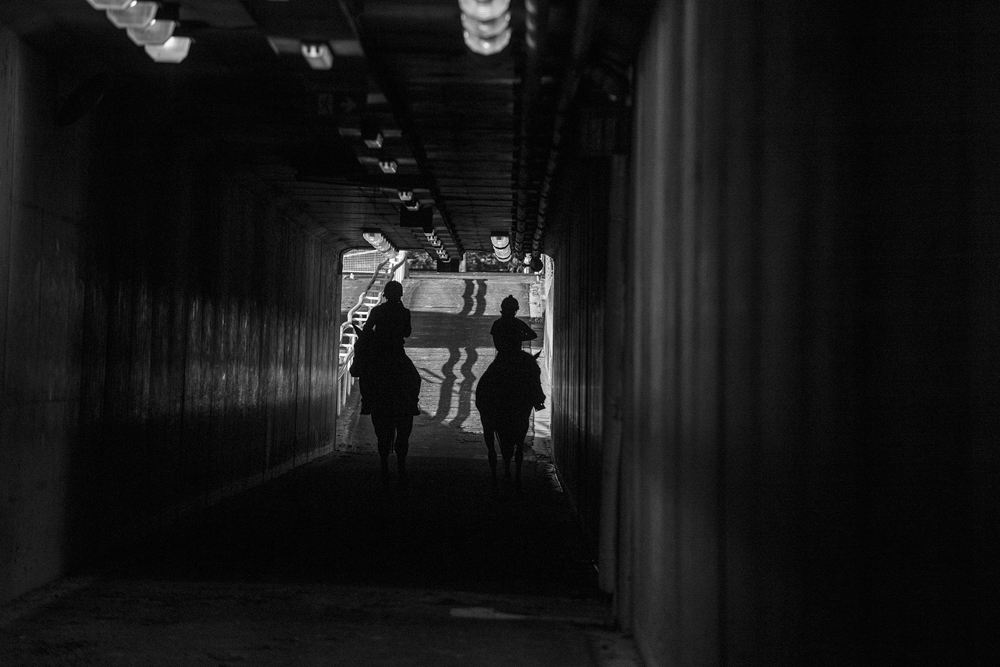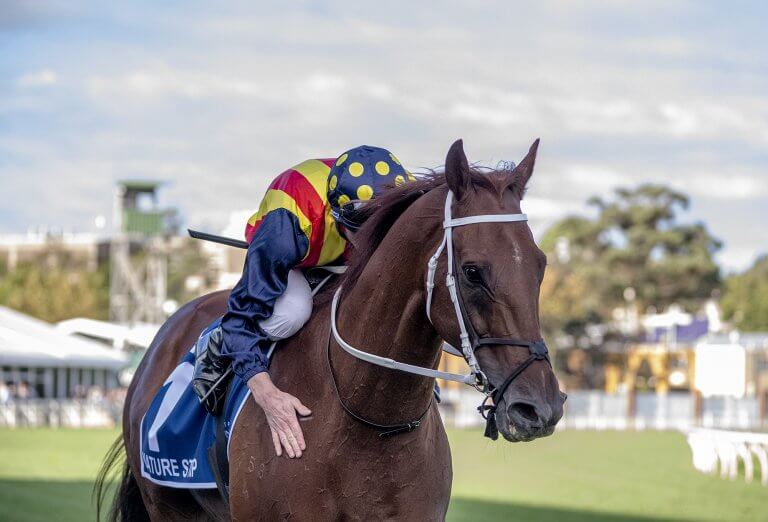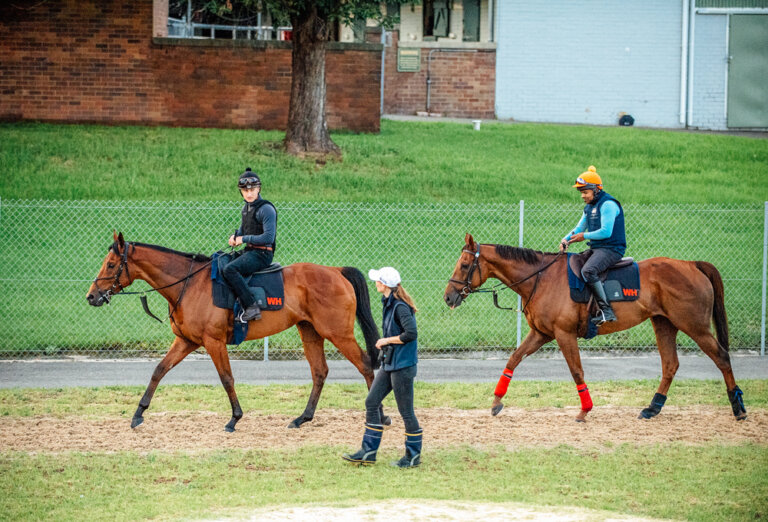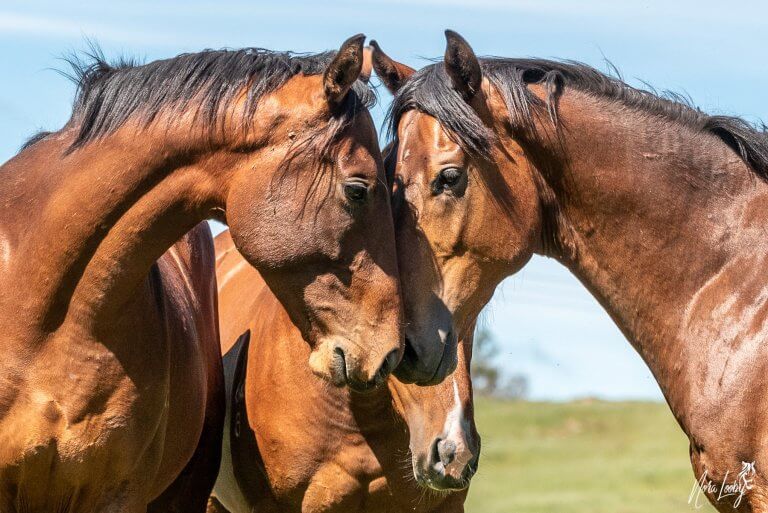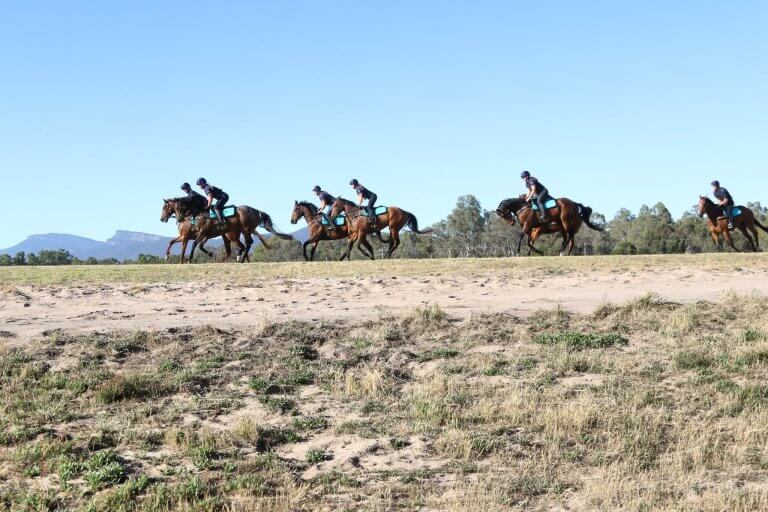In the vast majority of cases, horses recover perfectly well and race on after fractures, just like humans.
While horse racing antis will claim that the reason for euthanising a horse with a broken leg is a financial decision, in reality, the monetary cost is typically irrelevant. Unfortunately, in some rare cases, euthanising the horse is the best thing for their long-term welfare.
On the face of it, it seems like a horrible thing to do. And it’s not a choice that’s taken lightly by anyone. So, let us explain the reasons why it is, on rare occasions, the best thing to do.
Why horses are different to humans
The first thing to note is that the style of fractures in horses can be different to what humans experience. You might think that even if the bone shatters, the pieces could be reassembled for repair. But because horse’s bones are strong yet light, sometimes when they fracture particularly badly they deform as they break, meaning that even if you could piece them back together the deformed shape would be preserved.
Non-displaced fractures in horses are typically easily treated, either by surgery, or, if they’re not so bad, just with rest.
But when it comes to the more serious displaced limb fractures, there are two main problems with recovery for horses: their physiology and their behaviour.
When a person breaks a leg they will usually be sent home from hospital in a cast and told not to put any weight on it for several weeks. So, why can’t a horse do the same?
Won’t they naturally rest a leg if it’s in pain?
Horses, because of their large body mass and narrow limbs, cannot keep weight off any single leg for extended periods without resulting in complications.
One of these is a disease called laminitis, which affects the hoof. Horses need to put weight on each of their feet and move around regularly to keep the blood supply flowing to their feet. This keeps the hoof healthy, as the pressure of their body moving on the hoof acts like a pump to keep blood flowing.
If this stops, and not enough blood is reaching the hoof, laminitis is likely to set in which will mean the horse’s hoof will gradually become detached from the bone resting inside it. This causes severe pain for the horse and is extremely difficult to treat – more pain means the horse using the limb less, which means decreased blood flow and less healing.
Surely you could save them if you really wanted to?
One of the ‘false facts’ often thrown out by racing’s opponents is that racehorses are euthanised when they break their legs because the owners would rather do that than pay for the surgery and recovery costs.
Emotion aside, we know this isn’t true because there have been instances where incredibly valuable horses in racing and other equestrian endeavours have been euthanised after suffering a displaced limb fracture – when clearly it would be in their owner’s best financial interest for them to live.
Despite the horse’s owners insisting that it wasn’t his stud value that mattered, we saw this in the most extreme case with Kentucky Derby winner Barbaro. He fractured his leg in a subsequent race, underwent successful surgery but had to be euthanised due to laminitis later on.
Click here to read more about Barbaro
But, whatever the financial value of the horse, they are priceless to the army of people around them – those are the people most devastated to see the horse in pain who would do anything to make them healthy again.
Problematic recoveries
Apart from laminitis, another thing which complicates the recovery of horses after severe fractures is how they behave immediately after the surgery. Whilst plates and pins can be used to fix broken horse legs, just as they can in humans, when horses wake up after anaesthesia they tend to be stressed and anxious. If they move around too much, they can re-injure themselves and cause even worse damage than before.
Then there are the complications of open or compound fractures. Because a horse’s legs are long and thin, which allows them to run fast, there isn’t much flesh separating the bone from the outside world. If the bone penetrates the skin, turning it into an open fracture, it is difficult to heal properly.
Just like humans, there is a high risk of infection and further problems if any sharp bits of bone damage the blood supply, making healing more difficult.
